JUMP TO
Introduction / Fundamentals / Dash / Cut / Wind / Ghost / Shoot / Poke / Nest / Pulse / Leech / Stim / Corp
PREVIOUS: Ghost
SHOOT
Shoot, while a ranged power, operates best at a short to medium distance from
the opponent. The power focuses heavily on mindgames and instilling fear or
overconfidence in your opponent.
Shoot, used successfully, threatens simultaneously to give the attacker points
and disrupt the defender's positioning. However, a well-timed block will reverse
this effect, granting the defender points instead.
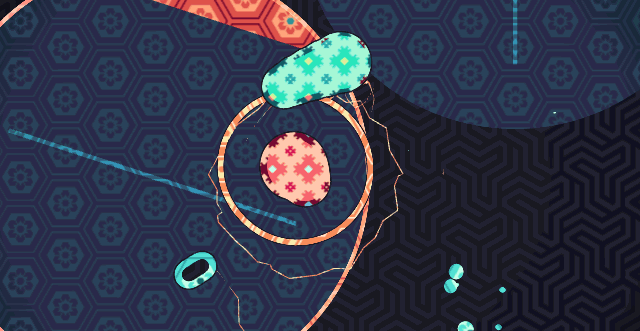
Should your opponent struggle with blocking shots, you should barrage them with
as many shots as possible. Optimizing your shots for quantity takes some practice,
but once you've got a feel for the proper rhythm it becomes fairly straightforward.
Situate yourself at a medium range from the opponent and fire towards them. This
shot needn't be speedy or even very accurate, it only needs to move in their
direction. Upon firing, retreat immediately to the same medium range you started
at and queue another shot. Better players can generally react to shots fired at
this range, so it's a losing proposition if your opponent can consistently, or even
semi-consistently, block your shots. However, lesser players will more likely
overspend their shield blocking (leading to free turnovers) or will simply fail
to block your shots (leading to point for you given a certain minimum level of
accuracy). Keep in mind, this tactic favors constant pressure over accuracy. You
want to create a dense field of shots going in generally the right direction rather
than a single, fast-moving shot guaranteed to hit. This tactic only works against
opponents who shield poorly. You are offering them the opportunity to waste their
shield, and hoping they take you up on it; you are not trying to capture the zone
by hitting them with shots.
Once this strategy begins to fail, Shoot relies upon two other tactics.
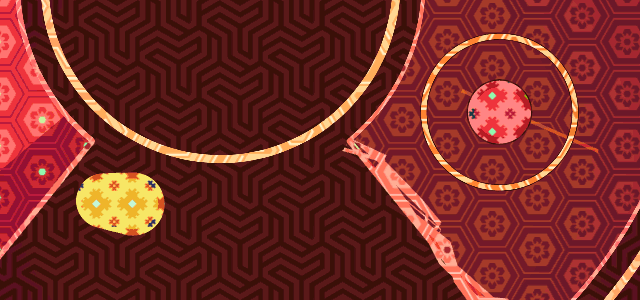
The first of these involves holding a single shot as close to the opponent as
possible without firing. Stretch this shot as tense as possible so that, if fired,
it would fly full speed, and aim it directly at your opponent. The opponent should
fear this unshot shot, and should frantically shield accordingly. If they do not
fear this shot, you should instill such a fear within them by firing more often.
Ideally, you'd need queue only a single shot to waste their entire shield, but in
reality if you do not fire frequently enough it will become apparent your threat
is empty. Don't worry if these shots are sometimes blocked. You ultimately want
your opponent to waste their shield, it doesn't much matter why. Whether they
block in fear of losing points or in hope of gaining points, the result is the
same. In fact, it may benefit you to occasionally hit their shield on purpose,
thereby encouraging them to shield more.
Once you've wasted their entire shield, be sure to release your shot aiming to
hit them, rather than simply stealing the ball. Not only will this separate the
ball from them, but will also net you points in the process.
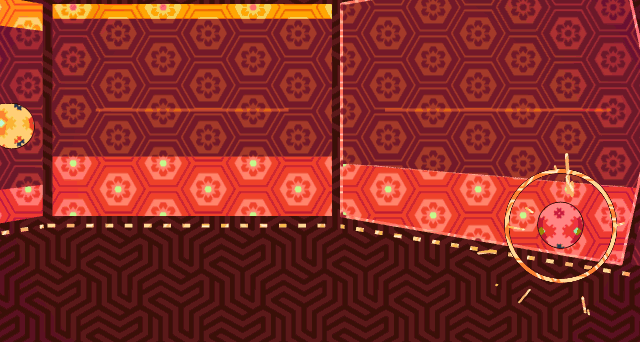
The second tactic involves firing from a much more distant point. The shot should
move at a medium pace and look easily blockable. In actuality, however, the shot
should move just beyond the reach of the defender. This shot has a dual purpose.
First, it must bait the opponent into unnecessarily spending their shield. Second,
it should cause them to move into a suboptimal position on the edge of or outside
a zone. Now, naturally, the more blockable this shot appears to be, the more
blockable it likely is. Every opponent who attempts to block such shots will have
a different range at which they decide whether or not to block. Some opponents
might not even take this bait.
Luckily though, you'll have frequent opportunities to use this tactic without
needing to invest time in retreating. Merely by stealing from you, provided the
ball flies far enough away and around no corners, the opponent should place you
at the optimal range for this tactic to work.
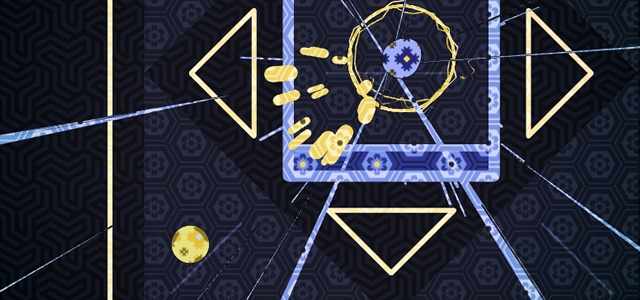
It is worth noting that shots will deactivate your opponent's shield on block. This leaves them in a position where, in order to shield again, they must release and repress the shield button. An opponent trying to shield a shot will often hold the shield button longer than necessary, as it feels safer to spend a little more shield and block a shot than to release early and get hit. This means, against the majority of opponents, there are likely a few frames after each shot where it is much safer to initiate a steal, as it not only requires the opponent to react to a successful block, but also to move their finger up and down again - a minor, but not insignificant, barrier.
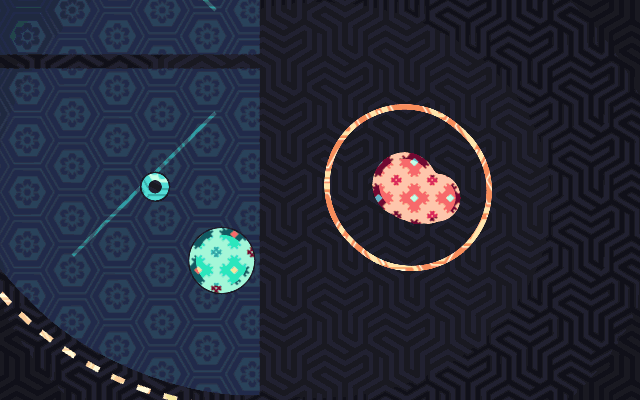
There is an odd quirk of how shots are programmed such that if two shots collide with an opponent who is blocking, the first shot will deactivate their shield and give them points, but the second shot - thanks to the now inactive shield - will hit them, giving you points. This leads to the *hugely* impractical but very enjoyable technique of stacking multiple unmoving shots on top of one another, such that if the other player hits one of them, they must also hit all of them. Stack enough on top of each other, and you could capture an entire zone at once. Ultimately, this isn't a viable way to capture zones. The time-cost is enormous, and the opponent may easily clear stationary shots without losing points. Either they may collide with such shots while not holding the ball or they may move the game's camera so that the shots fall offscreen, thereby clearing them. While smaller piles, of two or three, could be useful in certain situations, but I haven't had much success with them personally.
NEXT: Poke